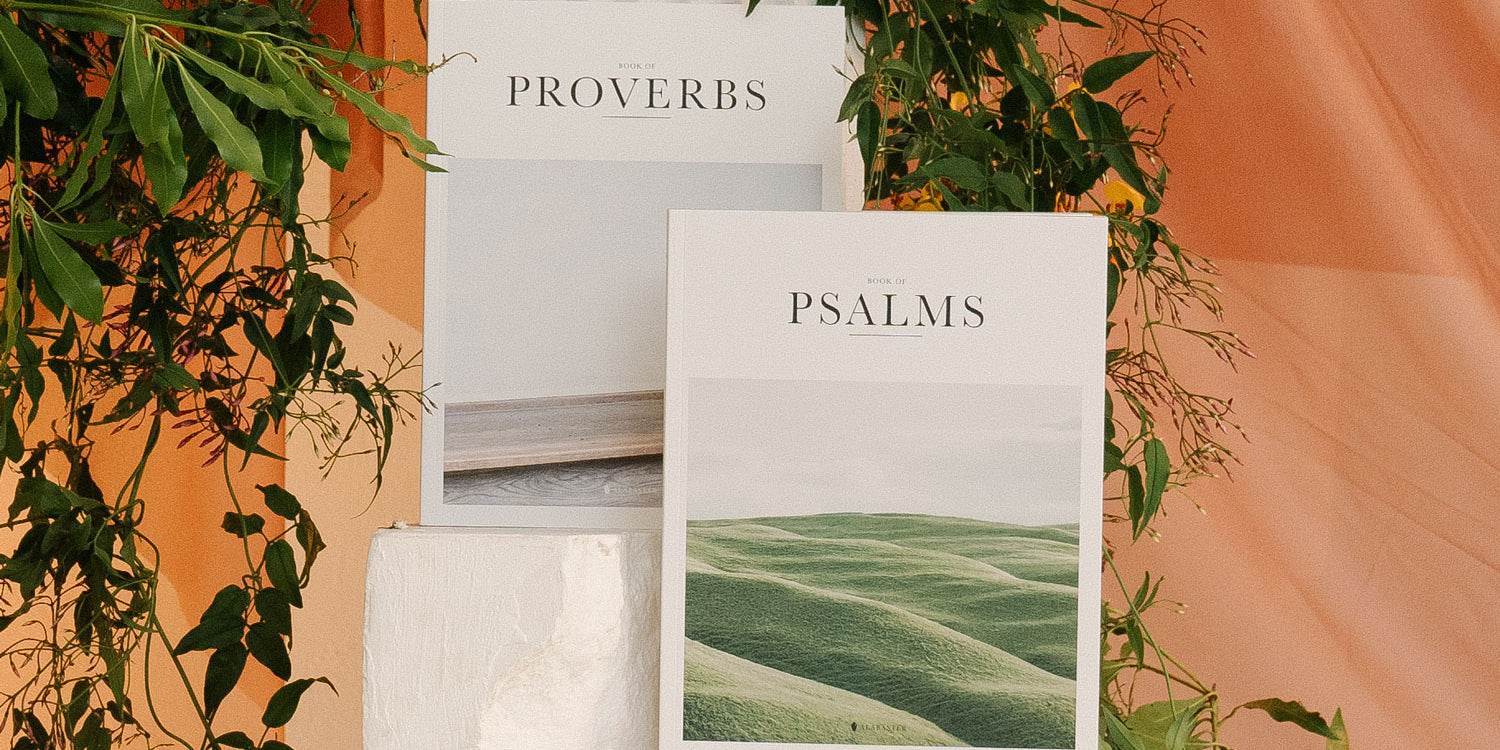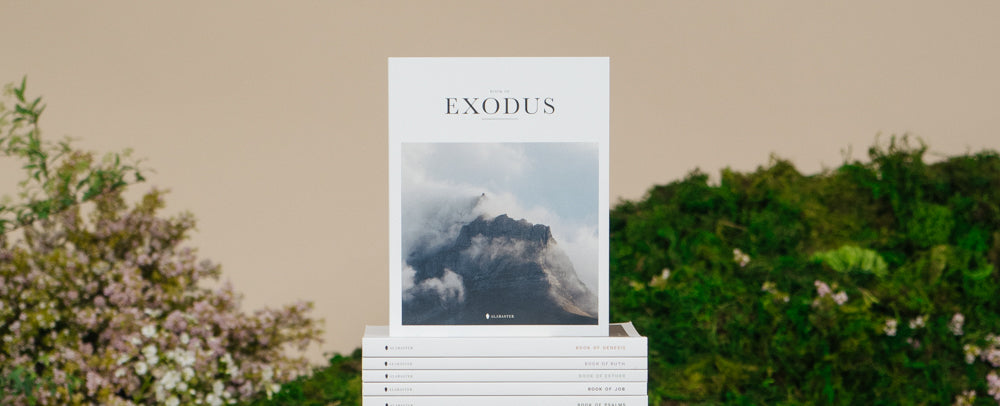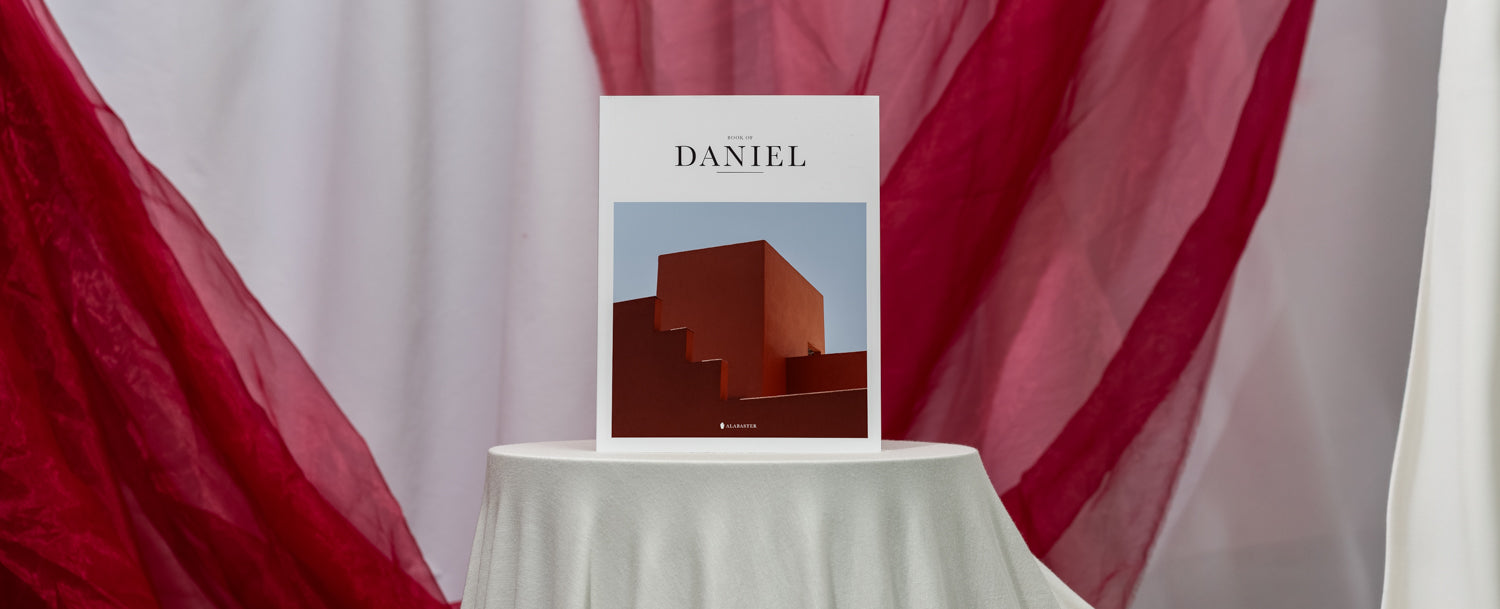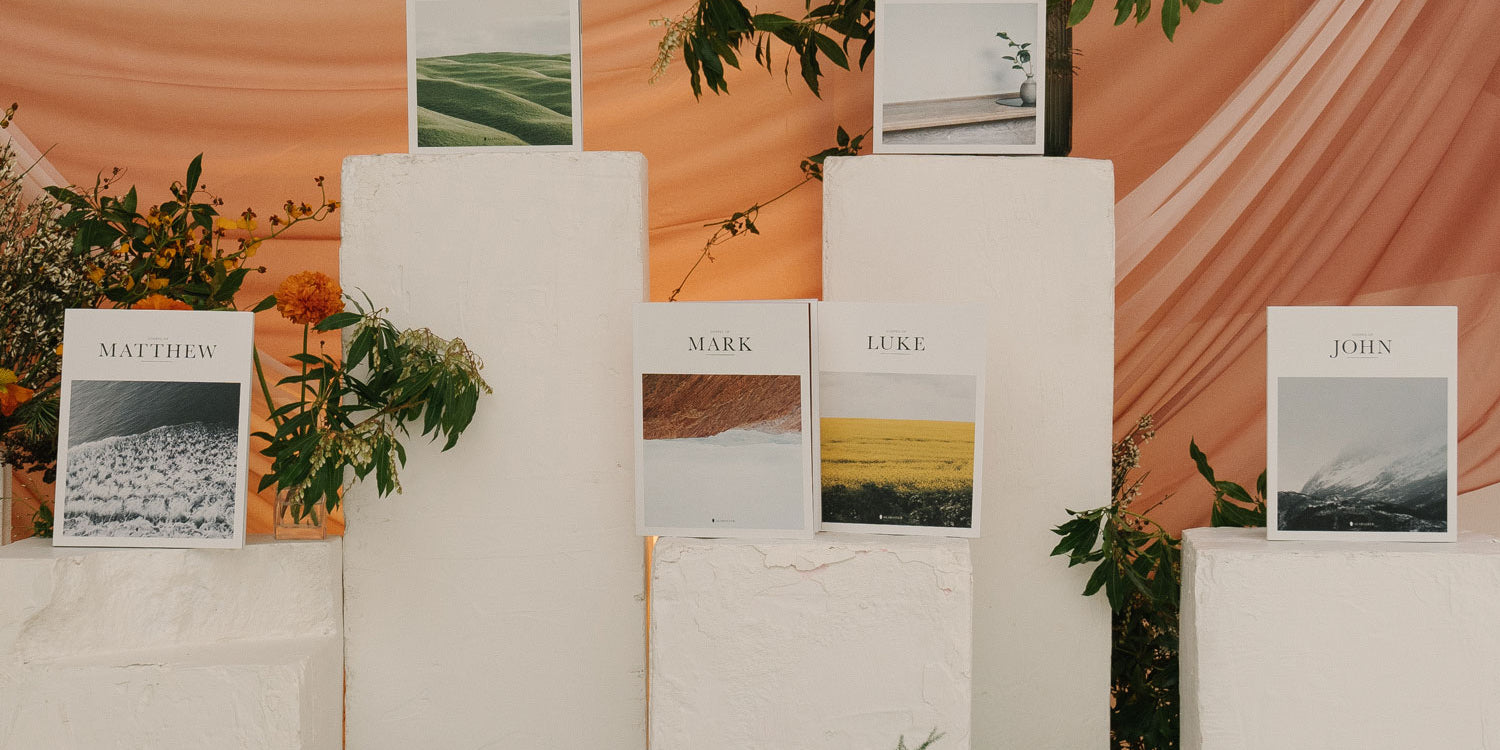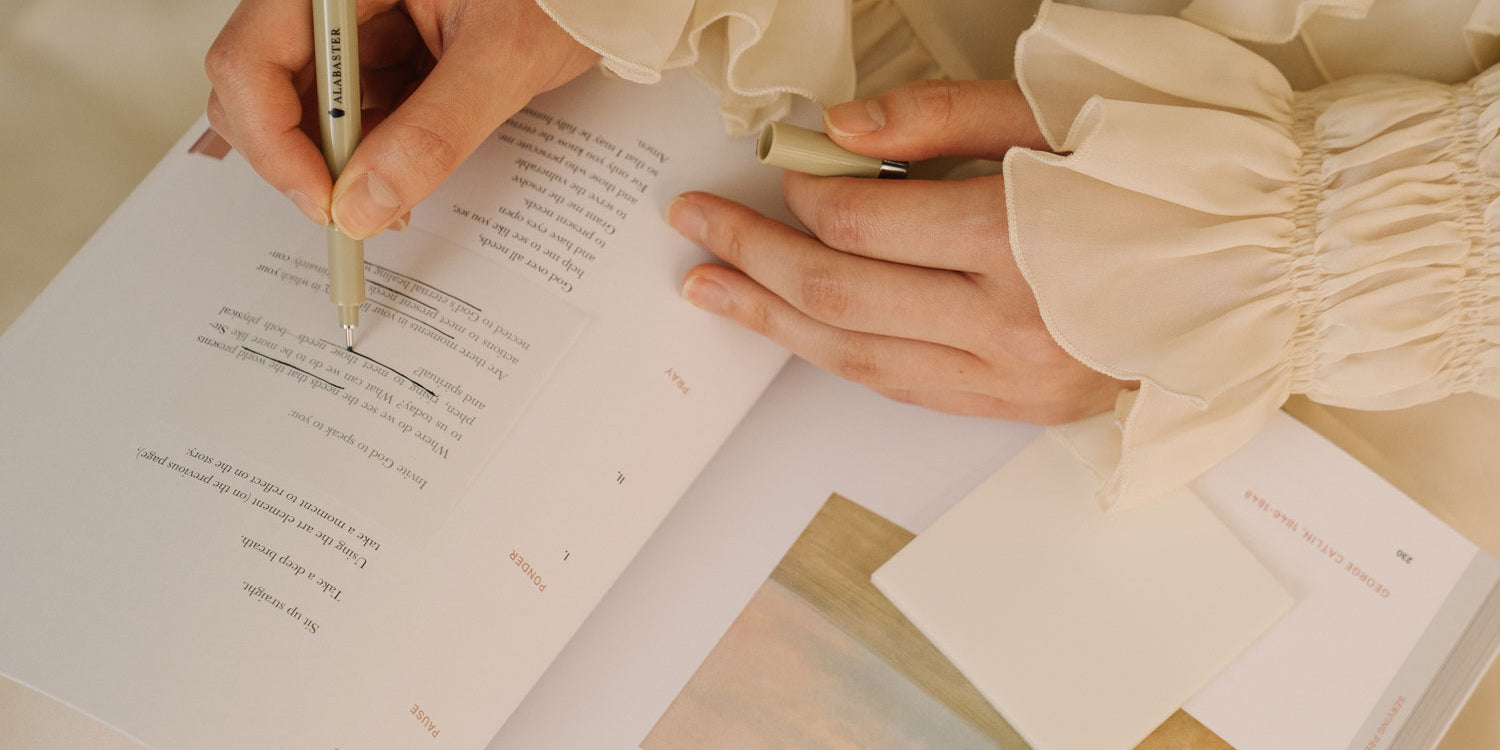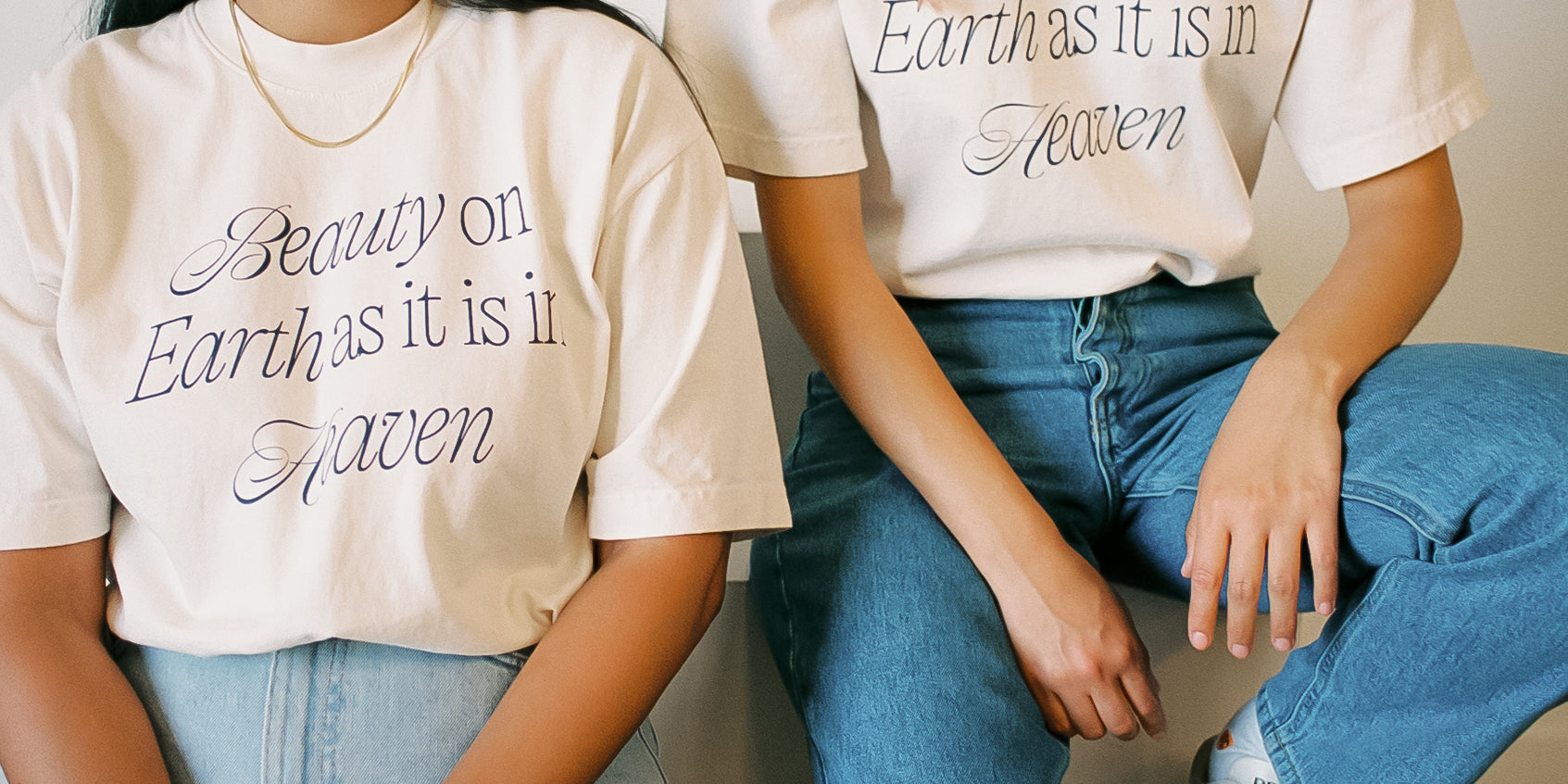There is a thoughtful and analytical approach that comes with "designing-a-life". But design—like all creative medium—is still dependent on experimenting and trying new things. Jonathan is not afraid of experimentation. He's not boxed into thinking his calling in creativity has to look a certain prefixed way.
I. Plants. Walk into Jonathan Martin's apartment and the first thing you'll notice are plants. There are lots of them. Plants in different shapes and sizes. Plants piled on tables, shelves, and on the floor. There are plants everywhere. They are organized, yet sporadic; and there is a lot of variety—like the creative life of Jonathan.
“Let’s see, I’m always getting my hands dirty in [different] creative outlets. I’ve tried picking up painting, I like to write; um I’ve always been really into music even though I don’t have any musical talent. And I’m super extroverted, so I love being around and talking with people. And photography is fun for me so I really enjoy that, I’ve met a lot of my friends because of photography, which is awesome. And then design, of course. Yeah - I’m just kind of going with the flow wherever life leads, you know?”
Jonathan has literally tried it all.
II. We ask him to elaborate on where this creative knack began:
"I had a very specific evolution of what I liked growing up - it was trains, and then planes, and then cars. Like literally, trains, planes, cars. Anything that had moving wheels I was obsessed with. But then it was cool seeing concept cars that didn’t exist yet and seeing all this technology and I was like, 'oh cool I have all these ideas in my head, I can just create my own'. So, for example, I would draw a car with minivan sliding doors but on the front so you could park in really tight spaces in a parking garage. [It] was lots of fun.”
Jonathan talks with a positivity that is hard to fully describe. You sense his mind tinkering and moving forward as he speaks. And as the conversation develops it becomes readily apparent that design is actually what holds his various creative outlets together.
"The thing I like about [design] is you're taking something very artsy and informational and you get to merge that with people, because it’s primarily a communication method. There’s talking with clients, and briefs, and I love working with start-ups because you’re basically just working with the creator and they’re obviously super passionate with what they do, and seeing them light up, that gets me excited. And I’m like oh my gosh you’re doing what you are made to do, and I get to help you with what I was made to do and together we can make your dream and vision come to fruition.”
Jonathan has a designer's mind. Creative, but analytical. Introspective, but focusing on the person (and user) in front of him. And he’s talented. At 22-years old his photography has been featured by The Los Angeles Times and Moment Lenses. He writes extensively - from articles about mental health, to album art, to curation.
III. What's interesting about Jonathan Martin is that design isn't just a creative outlet for him - it's actually the way he orders his life. This starts when we ask him how he relates to the idea of calling. He answers the question quickly and thoughtfully with an analytical response to the book Garden City by John Mark Comer (a book all about creativity and calling) by describing (in detail) heaven as this place where we'll be working, but working on things that we love and doing what we're meant to do. His response is conceptual in nature, but you get the sense that he's got an encyclopedia-like brain that is beautiful to witness.
What Jonathan Martin is doing here is unlike most artists. Let’s be honest, sometimes we’re a little dramatic. Not Jonathan. He's a designer. He's tinkering and thinking. He's analyzing with his mind on what calling might look like.
He continues, "I think my [calling] is visual, and - you know - graphic design is a great way to survive."
He laughs as he says this.
"And [graphic design] is something I really enjoy. I'm pretty good at it, and I have the technical skills. But I definitely would not limit myself to doing graphic design completely in the future. I’m also pretty entrepreneurial, so I can see myself starting some kind of business; whether it’s a creative studio or something that doesn’t exist yet. In this field where there is so much new technology everyday, and it’s constantly changing I’m not really locked into graphic design - because I know the industry is so fluid."
There is a thoughtful and analytical approach that comes with “designing-a-life.” But design - like all creative mediums - is still dependent on experimenting and trying new things. Jonathan is not afraid of experimentation. He's not boxed into thinking his calling in creativity and in life have to look a certain prefixed way. Experimentation is just part of his stage of life and he embraces it open-mindedly. (In this way, he is similar to other creatives such as Jonathan Todryk, Darren and Trisha Inouye, Kathy Khang, Heart Smiles, or Artificial Christian.)
IV. A real test for Jonathan came when he had to drop out freshman year of college due to mental-health related issues.
"So I had a lot of mental health and depression issues that had gone on through high school - and mid way through my freshman year of college I tried to commit suicide. I had to take a backseat from school and I was only part-time for a while and trying to balance recovery and getting back up on my feet and functioning like a normal human, along with just doing the work. I just realized there’s so much more to life. I didn’t want to be using my time stuck in this place where I really wasn’t growing. And I wasn’t going to get where I wanted to be. So I dropped out."
It was a God-what-are-you-doing-moment he knew was right, but wasn't expecting.
V. We talked a little further about how mental health intersected with his creativity, spirituality, and future.
He pauses before speaking:
“I don’t really create from my feelings. Which is weird for an artist because all the like tragic people like van Goh, you can feel that distress in their work."
“My work is kind of… I see it as a way I can do this job and I can do it well, even though, I have this handicap, and even though I have to work a lot to do daily activities. I can still do really well. And [I’m] just more aware now to know when I need to take a break and recharge a bit and that’s important for my process. Cause I’m not going to create well if i don’t take care of myself."
“So yeah [mental health] is not really part of my drive, and I don't want my identity to be defined as a person with mental health issues. I just believe that God made me to create, and I want to do that well, and this just happens to be a part of my life.”
VI. After Jonathan dropped out of college he travelled - a lot. From college in Washington DC, he moved out to Los Angeles to be a part of a three-week Christian conference hoping to hear from God on what might be next. Then he moved to Phoenix, to help a cousin build furniture decor in the 110-degree summer heat. And then after that he moved to New York City to build out his portfolio in graphic-design. And now he's in San Diego, figuring out what it means to be the best creative he can be. Count it all up and in the past three years, he's been in 5 different cities.
Jonathan Martin is basically a creative nomad. Parts of that have been really exciting - and he acknowledges how fortunate he's been to afford the opportunity to live in different parts of the country.
In other ways it's been difficult:
"[Traveling] is exciting and lots of fun, but I also haven’t had like a real home and new community in a long time, which has been really hard.
"I’m really eager to call somewhere a home. Because it’s hard, like I knew [some cities] were temporary, so I wasn’t gungho about building relationships with people because I knew I was going to leave and I didn’t think that would be really fair for them. But I think in that way I’ve also closed off a lot of relationships. And since it’s been such a speedy 3-years, and now that things have slowed down a lot and there’s like no direct path in front of me, I’m kind of like, 'okay what should I start doing? What can I call home?'"
Home is the opposite of travel because home is the only place we return to. When we travel - whether that be across the world, across the country, or to the local grocery store - we're choosing to leave home. So much of the Christian story is about returning home. Luke 15 is this idea of the younger son returning home. Hosea 14 is about Israel returning home to the LORD.
But creativity - in its very nature - is not about returning. It's about forging something new. It's about traveling to the next idea and the next thing. We must leave to create. And the mystery of God is that as we travel - as we leave - we often come back from those experiences closer to home than if we had never chosen to leave in the first place.
VII. Traveling has made Jonathan stronger. And you can see the lessons God has taught him, woven throughout his story.
“I’ve definitely learned to be more flexible. And that my plan isn’t always the best plan or God’s plan. If I had it my way I would have sucked it up through college and done that thing and then just probably find a regular office job doing design on the east coast. My life has just been so radically changed by things that I can’t control, learning to listen to what’s going around me and not fighting it [and] learning how to lean into what God has for me.”
In the traveling, in the design-thinking-go-with-the-flow experimentation of life, Jonathan has experienced God in ways he never imagined possible. He’s trusted God in ways he never imagined possible. It wasn't what he expected, but life is rarely what we expect. It’s messy and creative and full of surprise and confusion. And if you’re not careful all of it can be really overwhelming. Jonathan knows how to dive into the messy. He knows how to design a life.
He knows how to try things. Get his hands dirty. Take risks. And trust God in the uncertainty.
VIII. We conclude the interview by asking a question about a piece of art Jonathan believes everyone should see before they die.
"I'm going to go with coral reefs underwater because that's not something we see every day and it's a more specific part of nature. It's a whole [different] world with it's own version of streets, and different workers, and different relationships, that I feel like really can just broaden your mind and your thoughts."
Jonathan Martin is the coral reef. First, Jonathan is a designer. And like the intricately crafted ecosystem of a coral reef - Jonathan designs his life through tinkering, interweaving disparate experiences, and using it all in experimentation to build new worlds. And second, Jonathan is a nomad. He's searching for the place that isn't readily seen in everyday life. He tries different creative outlets. He takes risks, and finds God along the way.
jmarttogo.co
Words and Photos—Bryan Chung

